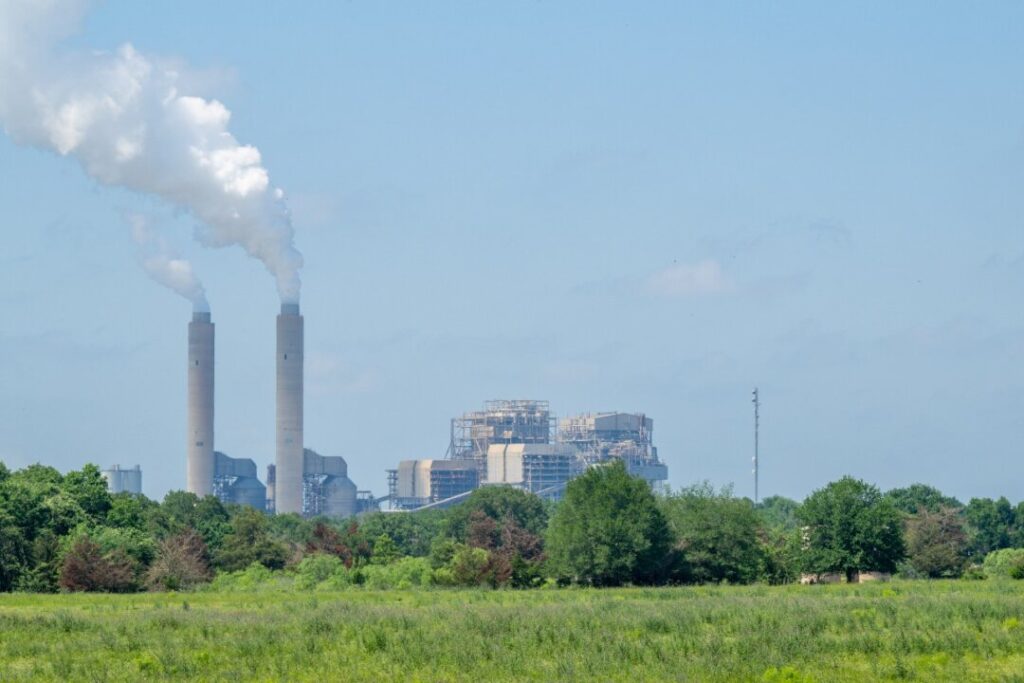The 2024 regulations required sudden reductions in emissions from coal and gas plants using carbon capture technology.
The U.S. Environmental Protection Agency (EPA) has confirmed that it has drafted a plan to remove greenhouse gas caps from coal and natural gas-fired power plants across the country.
An EPA spokesman told the Epoch Times that the agency has been reviewing Biden administration’s power plant emissions regulations, known as the “Clean Power Plan 2.0,” since March.
The Biden-era Clean Power Plan is the third major EPA attempt to regulate greenhouse gas emissions from power plants. This follows the Obama administration’s original Clean Power Plan, which required power plants to move towards low-carbon sources.
“Many people have expressed concern that the last administration’s replacement for that rule has gone as far as it goes, shutting down affordable and reliable electricity generation in the United States, raising prices for American families, and increasing the country’s dependence on foreign forms of energy,” an EPA spokesman said. “As part of this rethinking, the EPA is developing proposed rules.”
The spokesman did not provide further details on the draft plan, but said it would be released after an interagency review and signed by EPA administrator Lee Zeldin.
“President (Donald) Trump has promised to kill the Clean Power Plan in his first term and we are now building on that progress,” the spokesman quoted Zeldin as saying. “We are trying to ensure that agencies adhere to the rule of law, while providing access to reliable and affordable energy for all Americans.”
The first Trump administration’s Affordable Clean Energy (ACE) rules formally retracted and replaced Obama-era regulations.
The only known technology that can achieve such reductions is carbon capture and sequestration that has not yet been deployed at that scale.
The rules are quickly based on legal challenges from a Republican-led coalition of states, utilities and coal industry stakeholders. Critics said carbon capture is not economically viable and is not technically mature enough to be used in around 200 coal plants in the country. They also pointed to logistical issues, including the extensive infrastructure needed to pipe captured carbon dioxide to underground storage sites located hundreds of miles from the plants.
“So this court naturally denied the application for stay,” Kavanaugh wrote. He added that if the challenger loses at that level, they may seek relief while sueing the case again with the Supreme Court.
The DC Circuit has not yet issued an award regarding the merits of the case.



